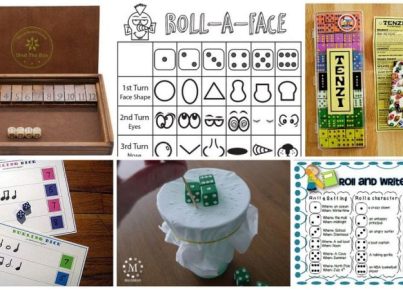Introduction:
Teaching is a rewarding profession, but it can also be a challenging and stressful one. Teachers around the world dedicate themselves to educating and inspiring the next generation, molding young minds into future leaders and innovators. To better understand what would make their jobs less stressful, we asked teachers to share some of the simple things that could improve their experience in the classroom. These are their top suggestions for reducing stress and creating a more efficient and enjoyable teaching environment.
1. A Well-Stocked Classroom:
A well-stocked classroom – including essential supplies like pens, paper, and textbooks – makes a significant difference in reducing stress for teachers. Providing adequate resources allows them to focus on lesson planning and engaging with students, rather than scrambling to find materials at the last minute.
2. Supportive Administration:
Teachers often mention a supportive administration as a key factor in reducing stress within their jobs. Administrators who value open communication, respect teachers’ professional opinions, and work towards creating an environment where everyone feels heard help to make teachers’ lives easier.
3. Involved Parents:
When parents take an active role in their child’s education, it can lighten the load for teachers by providing additional support outside the classroom. Parent-teacher communication is essential in tracking student progress and addressing any potential issues early on.
4. Collaborative Work Environment:
Encouraging teachers to work together by collaborating on lesson plans or sharing advice can foster a supportive community where they can rely on one another. This teamwork not only helps alleviate stress, but it contributes to richer learning experiences for students as well.
5. Professional Development Opportunities:
Ongoing professional development allows teachers to grow in their careers while staying informed on educational trends and best practices. Opportunities for learning help them feel more confident in their abilities and foster creativity within their teaching methods.
6. Adequate Planning Time:
Teachers often spend significant time outside of their contracted hours working on lesson planning, grading, and completing administrative tasks. Providing them with sufficient paid time within the school day for these essential tasks can help to lower their stress levels.
7. Mental Health Support:
Considering the high stress levels that come with teaching, mental health support for educators is essential. Offering resources such as counseling and stress management workshops or creating designated spaces in the school for relaxation and reflection can go a long way in improving overall well-being.
8. Smaller Class Sizes:
Managing a classroom with a large number of students can be overwhelming for teachers, making it difficult to provide individualized attention to each student. Reducing class sizes could help teachers feel more confident in their ability to connect with and support their students, thus reducing stress.
Conclusion:
These simple yet effective suggestions from teachers around the world highlight the need for continued support and understanding from parents, administrators, and policymakers. By working together to address these issues, we can create a more sustainable and fulfilling teaching profession, ultimately benefiting not only teachers but also the students they serve.





